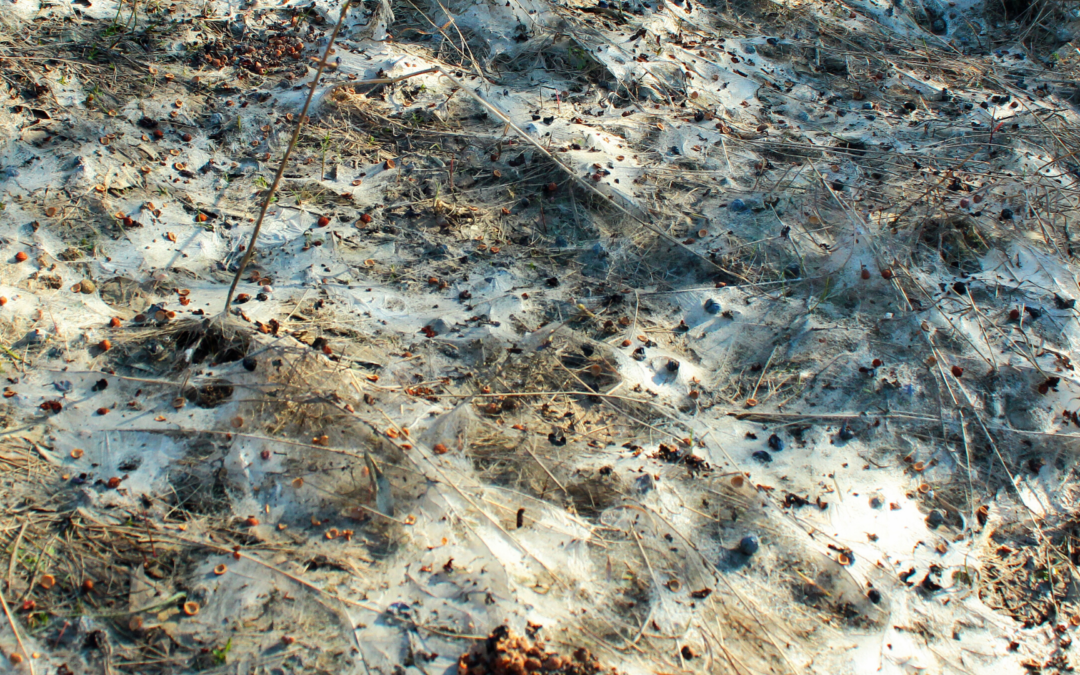Snow, ice, and rain can be torture for you lawn, especially if the cold and snow come on suddenly. Moisture can get trapped between the warm earth and the snow, leaving room for a cold weather fungus to grow. Thankfully, your trusted landscaping team at Green Acres Landscape has your back, and can help you treat winter damage and snow mold.
Snow Mold Explained
There are two types of snow mold that can occur on fragile, cool-season grasses, especially in northern climates: pink snow mold and gray snow mold. Here is what you need to look for and how to treat your lawn for this type of winter damage.
What Are the Signs of Snow Mold?
As springtime approaches and the snow and ice begin to melt, you should start to inspect your lawn for dead sections or circular patches that range in size from just a few inches to several feet. These will either be greyish or pinkish in color, indicating the growth of snow mold during the winter. While both of these molds are harmful to your lawn, pink snow mold is severe since it kills the crown and roots of your grass. Grey snow mold only attacks the blades of grass.
How to Treat Snow Mold
Treating snow mold starts long before the first heavy snowfall of the season. In the fall, ask your landscaping company to spread an anti-fungal treatment across your lawn to help prevent the spread and growth of this disease. If you don’t treat for snow mold before the first heavy snow, it’s best to wait until spring arrives to treat your lawn.
In this case, you’ll want to rake your lawn of the all the dead and matted grass to help dry these spots out. With the help of rising temperatures and more sunshine, the mold will naturally dry out and die. If there are places in your lawn that don’t recover, then you’ll need to aerate your lawn and plant new seeds.
Tips for Prevention
Mow
In the fall, part of your winterizing maintenance should be to mow your lawn as short as possible. Long grass is a breeding ground for mold, so cutting it short before the first heavy snowfall will help prevent this disease. Short grass will also expose the ground, allowing it to freeze more quickly.
Rake Your Leaves
Raking leaves in the fall has plenty of benefits, but clearing your lawn before winter is another way to prevent snow mold. A thick layer gives mold and other winter diseases a chance to grow, so mulch or rake the fallen leaves to help protect your lawn.
Go Easy on Late-Season Fertilizer
Nitrogen-rich fertilizers are great in the spring and summer months for rapid growth and green grass. However, you should avoid using these fertilizers in the fall as they can invite mold into your lawn during the winter. Instead, try using a slow-release lawn food until winter arrives.
For residential and commercial properties in Salem, OR, snow mold and other winter damage can be unsightly once the snow melts in the spring. At Green Acres Landscape, we offer a variety of winter landscaping treatments. If you see any dead, grey, or pinkish patches in your lawn this coming spring, make us your first call by dialing (503) 399-8066.

